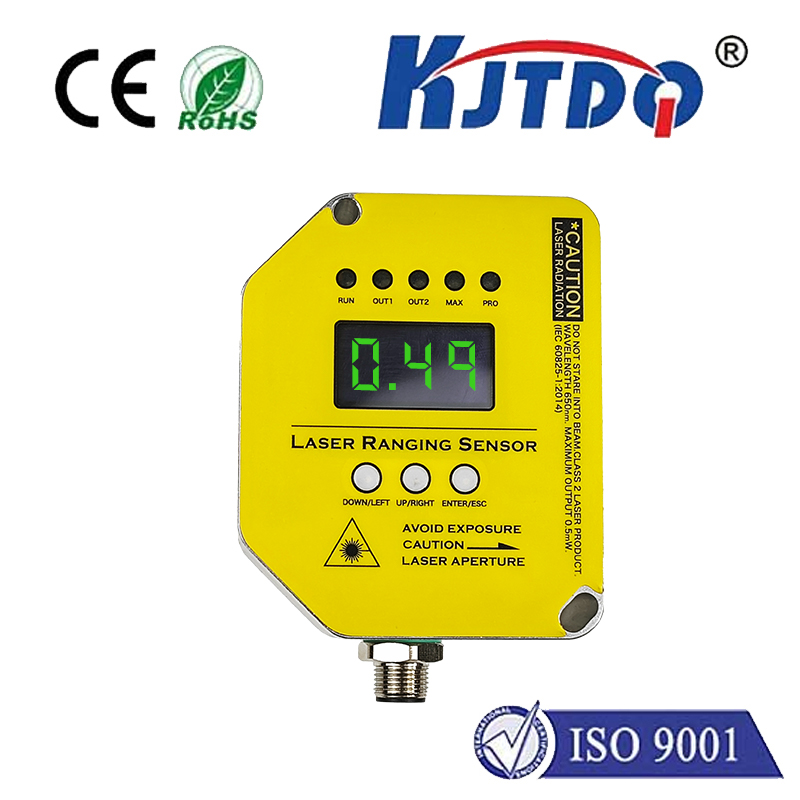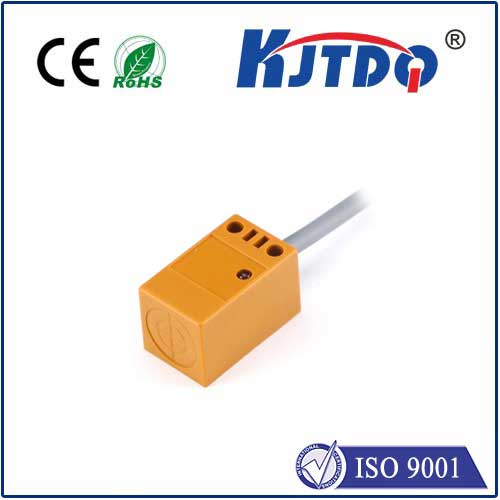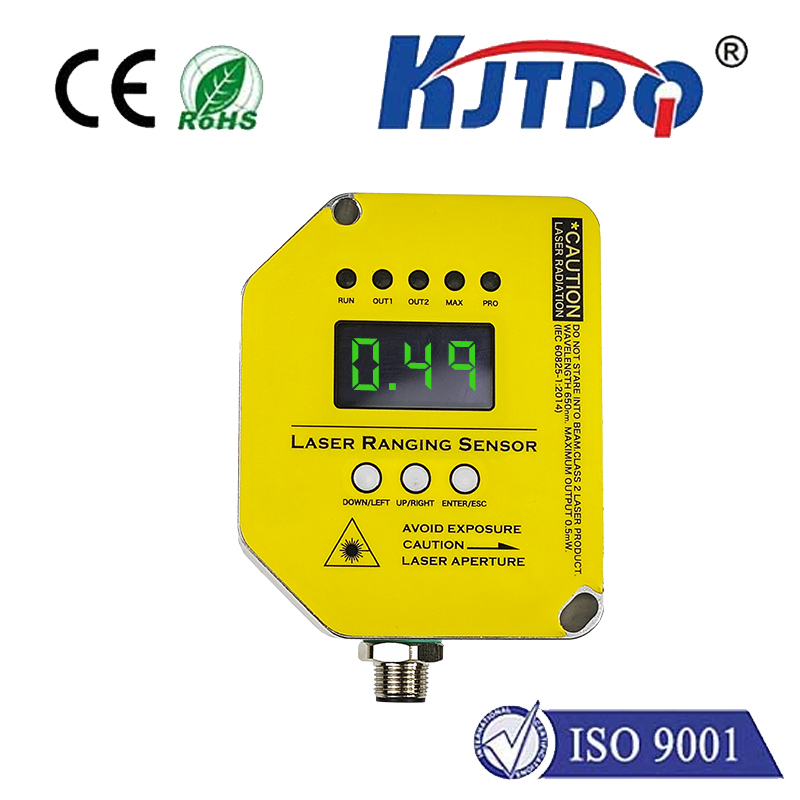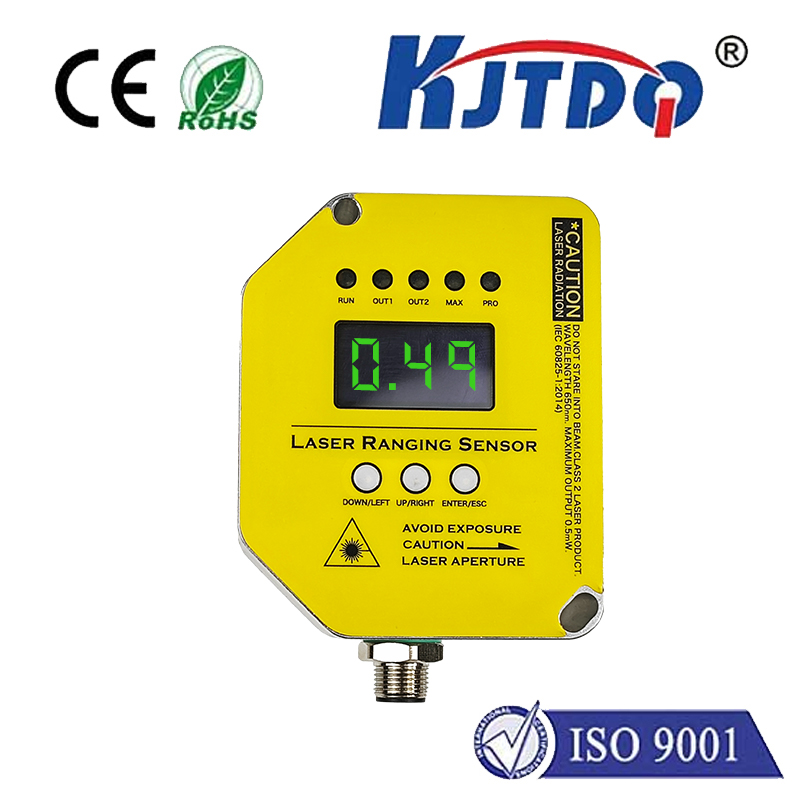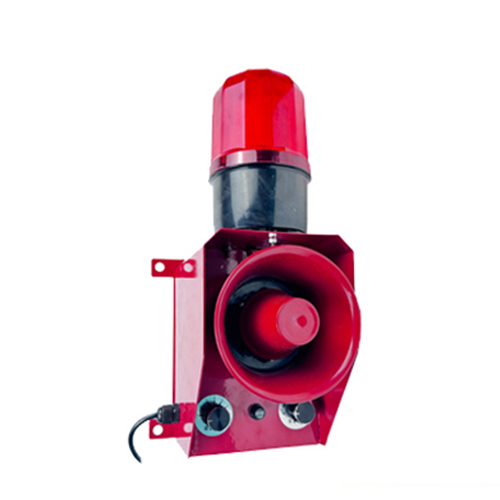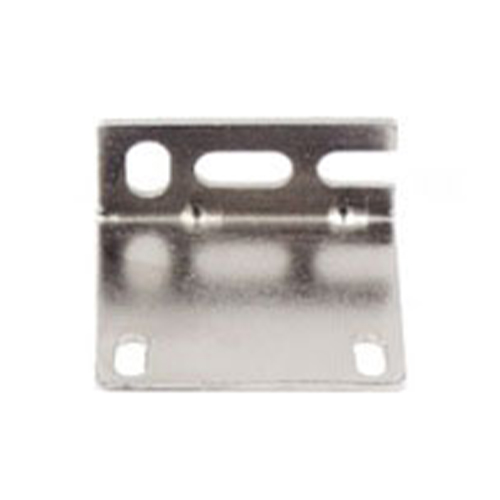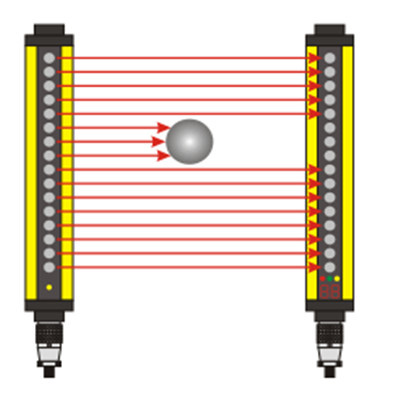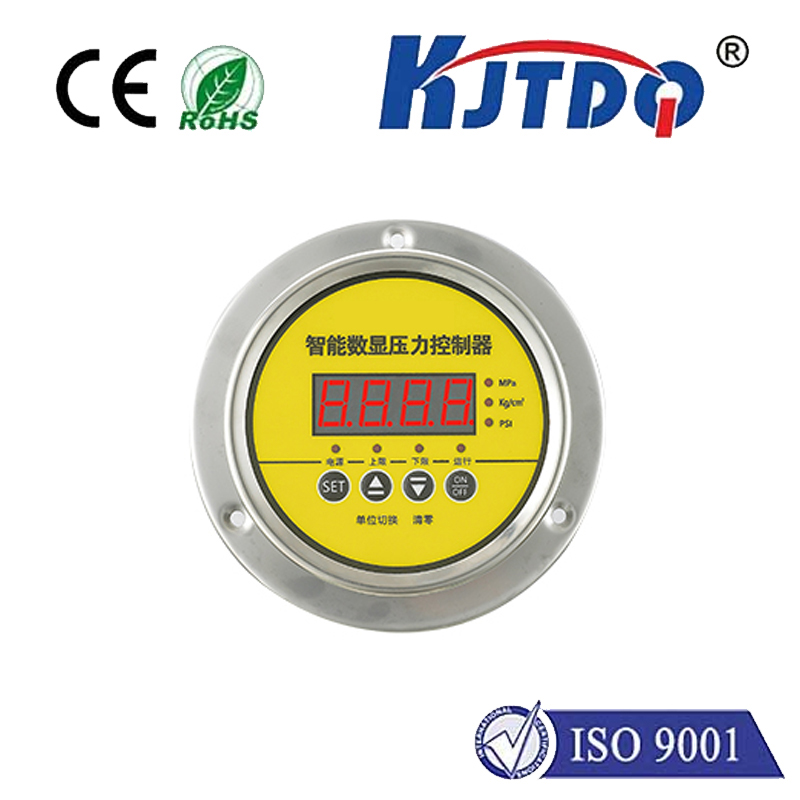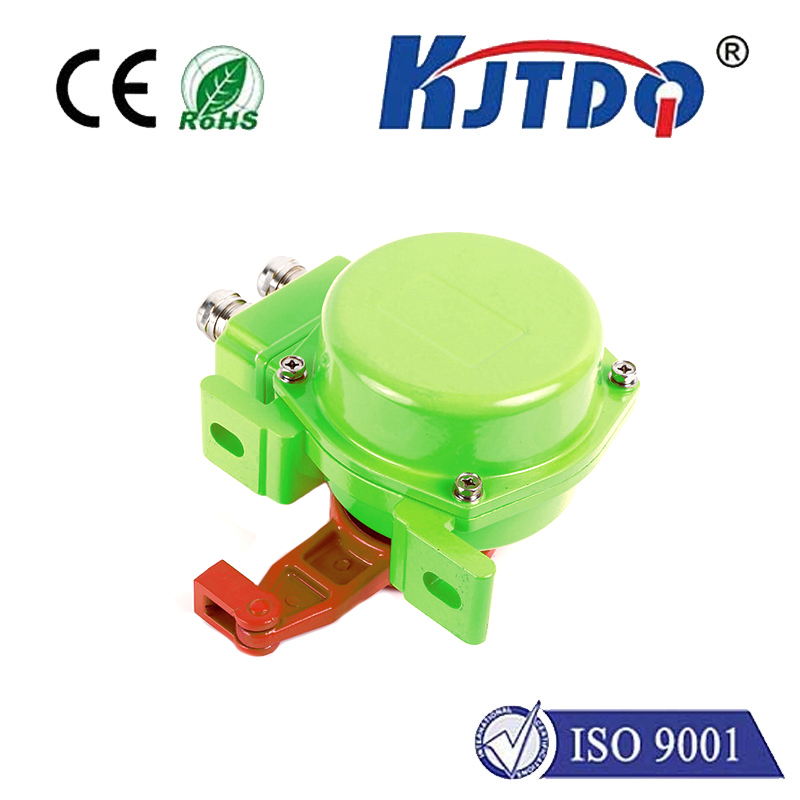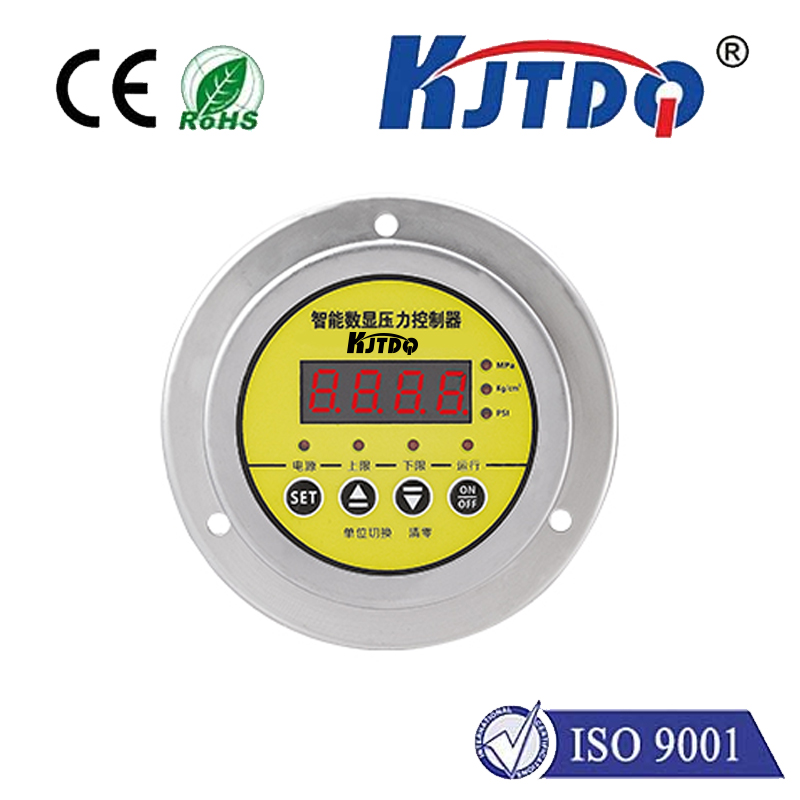

check

check

check

check
Optical Fiber Sensors: The Future of Smart Monitoring in Industrial Applications
In today’s rapidly evolving technological landscape, the demand for efficient, reliable, and accurate monitoring systems has never been higher. Among the many innovations in this field, FU-5F optical fiber sensors stand out as a revolutionary solution that combines the strengths of optical technology with advanced sensing capabilities. These sensors are not only used in industrial settings but also in a wide range of applications such as structural health monitoring, environmental sensing, and data acquisition systems.
FU-5F optical fiber sensors are a type of photonic sensor that uses light to detect and measure physical parameters such as strain, temperature, pressure, and vibration. Unlike traditional sensors that rely on electrical signals, optical fiber sensors offer several advantages, including high sensitivity, long-term stability, and immunity to electromagnetic interference. This makes them particularly suitable for use in environments where electrical signals could be compromised or where the sensor needs to operate in extreme conditions.

The core principle behind FU-5F optical fiber sensors is based on fiber-optic technology. A light source, such as a laser or LED, emits light through a fiber optic cable. The light is then modulated or detected by a photodetector, allowing the sensor to measure changes in the light’s properties. These changes can be used to infer the physical conditions of the environment. For example, when a strain is applied to the fiber, the light’s path is altered, and this change can be measured to determine the strain level. Similarly, temperature changes can affect the refractive index of the fiber, which in turn affects the light’s behavior.
One of the key features of FU-5F optical fiber sensors is their non-invasive nature. Unlike traditional sensors that require physical contact with the structure being monitored, these sensors can be embedded within or around the structure without causing any damage. This makes them ideal for use in civil infrastructure, automotive industries, and power plants where maintenance is costly and invasive methods are not feasible.
Moreover, FU-5F optical fiber sensors are highly durable and reliable. They are designed to operate in harsh environments, including high temperatures, humidity, and vibration. This durability is crucial in applications such as structural health monitoring, where the sensor must continuously monitor the integrity of buildings, bridges, and other infrastructure.
In addition to their robustness, FU-5F optical fiber sensors are also cost-effective. While the initial cost may be higher than conventional sensors, their long-term benefits in terms of reduced maintenance, extended lifespan, and increased accuracy make them a valuable investment. The integration of these sensors into smart monitoring systems allows for real-time data collection and analysis, enabling proactive maintenance and improved operational efficiency.
Another significant advantage of FU-5F optical fiber sensors is their compatibility with various communication protocols. They can be easily integrated with existing systems, making them a versatile solution for different applications. Whether it’s monitoring the structural health of a bridge or tracking the performance of a power plant, these sensors provide a reliable and efficient way to gather and analyze data.
In conclusion, FU-5F optical fiber sensors represent a significant advancement in the field of monitoring and sensing technologies. Their unique combination of high sensitivity, durability, and versatility makes them an essential tool in modern industrial and civil applications. As technology continues to evolve, the role of FU-5F optical fiber sensors will only become more important, paving the way for smarter, more efficient, and safer systems in the future.
